Detecting an underground pipe burst is a challenging task that, if left unaddressed, can lead to extensive damage and costly repairs. Whether it’s a water or sewer line, the consequences of a hidden rupture can manifest in waterlogged yards, increased water bills, or foul odors. Recognizing the signs of an underground pipe burst is essential for homeowners to promptly address the issue and prevent further harm.
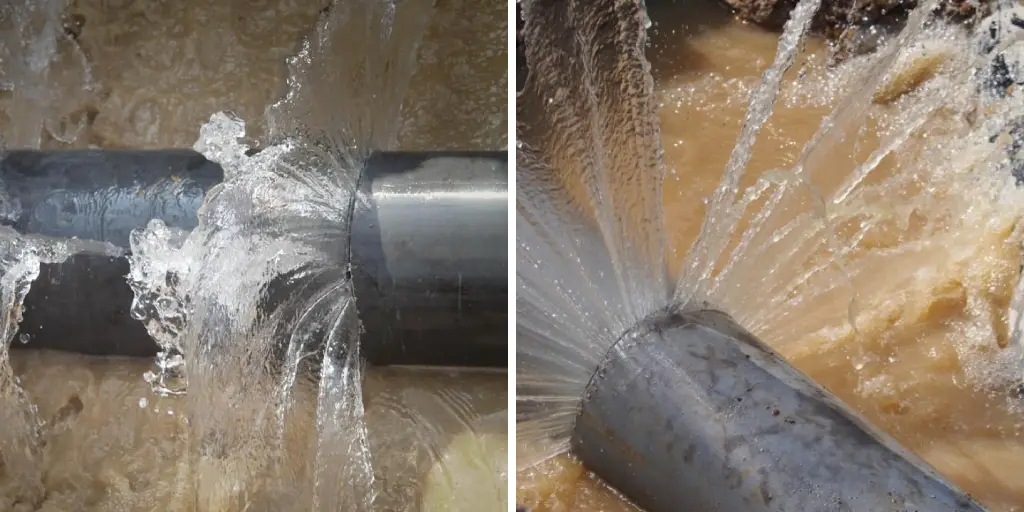
In this comprehensive guide, we will delve into how to tell if a pipe burst underground. From monitoring water bills and inspecting unusual damp patches to using advanced detection tools and seeking professional assistance, we will equip you with the knowledge to identify and address underground pipe bursts efficiently, minimizing the potential for property damage and ensuring the integrity of your plumbing infrastructure.
Potential Consequences of Untreated Underground Pipe Bursts
In certain situations, the occurrence of an underground pipe burst may go unnoticed for extended periods of time. As a result, this can lead to severe consequences that not only impact the surrounding environment but also pose a threat to public health and safety. It is therefore crucial to be aware of these potential consequences in order to take swift action in resolving any underlying issues.
Property Damage
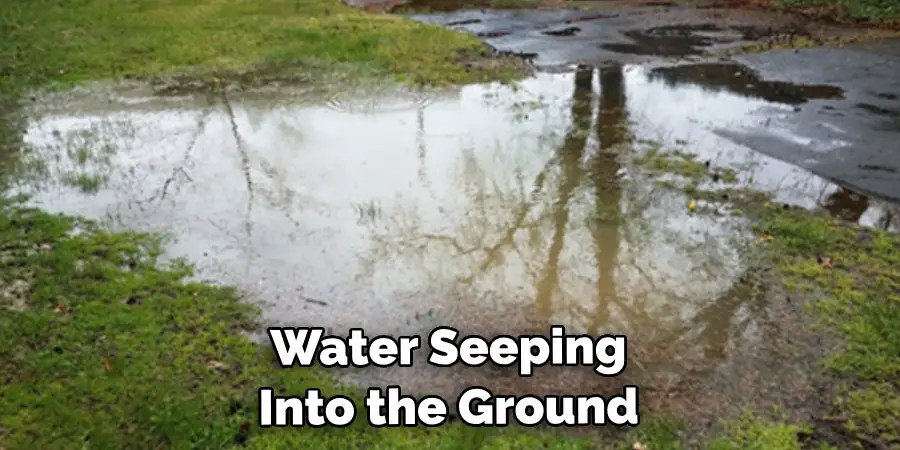
One of the most immediate and obvious consequences of an untreated underground pipe burst is property damage. With water seeping into the ground, it can cause structural damage to buildings and homes, as well as damage to landscaping and other outdoor features. This can lead to costly repairs and restoration work, not to mention potential disruptions to daily life.
Contamination of Water Supply
Underground pipe bursts can contaminate the water supply, which can have serious health implications for those who consume the water. The contamination can come from a variety of sources such as sewage or hazardous chemicals, and it is important to address the issue promptly in order to prevent any potential outbreaks of waterborne illnesses.
Mold Growth
When pipes burst underground, it creates a damp and dark environment that is ideal for mold growth. Mold can not only cause damage to structures, but it can also have negative effects on human health, particularly for those with respiratory issues or weakened immune systems. If left untreated, mold can spread rapidly and become a costly and difficult issue to resolve.
10 Methods How to Tell if a Pipe Burst Underground
1. Water Spots on the Ground
One of the most obvious signs of a burst pipe underground is the presence of water spots on the ground. These spots may appear as puddles or damp areas and can be seen near where your water main line runs. If you notice these water spots, it’s important to investigate further to determine if there is a burst pipe.
2. Reduced Water Pressure

A sudden decrease in water pressure throughout your home can also be an indication of a burst pipe underground. This is because the water flow is being disrupted by the break in the pipe, causing less water to reach your faucets and fixtures.
3. Unusually High Water Bills
If you notice a significant increase in your water bills without any change in your water usage habits, it could be a sign of a burst pipe underground. This is because the excess water from the leak is not reaching your home and instead is being wasted underground.
4. Strange Noises
Another method for determining if you have a burst pipe underground is by listening for strange noises coming from your pipes or plumbing system. This could include hissing, gurgling, or banging sounds, which are all indicative of a leak or break in the pipes.
5. Low Water Levels in Toilets
If you notice that your toilets have low water levels even after flushing, it could be due to a burst pipe underground. The leak in the pipe may prevent enough water from reaching the toilet tank, resulting in lower than normal levels.
6. Foul Odors
A burst pipe underground can also lead to foul odors coming from your drains or outside near where your main line runs. This could be caused by sewage leaking out and mixing with groundwater, creating an unpleasant smell.
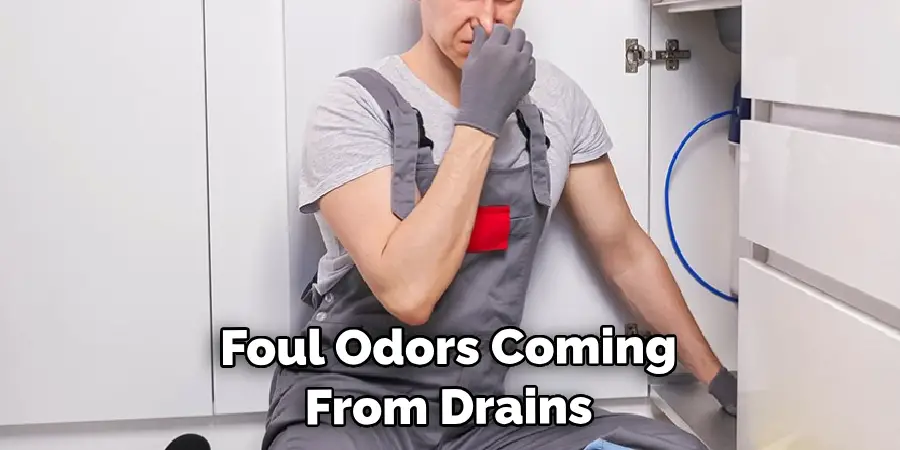
7. Visible Damage to Property
If you see any visible damage to your property such as cracks in walls or pavement near where your main line runs, it could be due to a burst pipe underground. The excess water from the leak can cause the ground to shift and lead to visible damage.
8. Mold or Mildew Growth
Excess moisture from a burst pipe underground can create the perfect environment for mold and mildew growth. If you notice any musty odors or see signs of mold or mildew in your home, it could be due to a hidden leak in your pipes.
9. Discolored Water
If you turn on your faucets and notice discolored water, it could be a sign of a burst pipe underground. The break in the pipe may allow dirt and debris to enter the water supply, causing it to appear brown or yellow.
10. Difficulty with Draining Fixtures
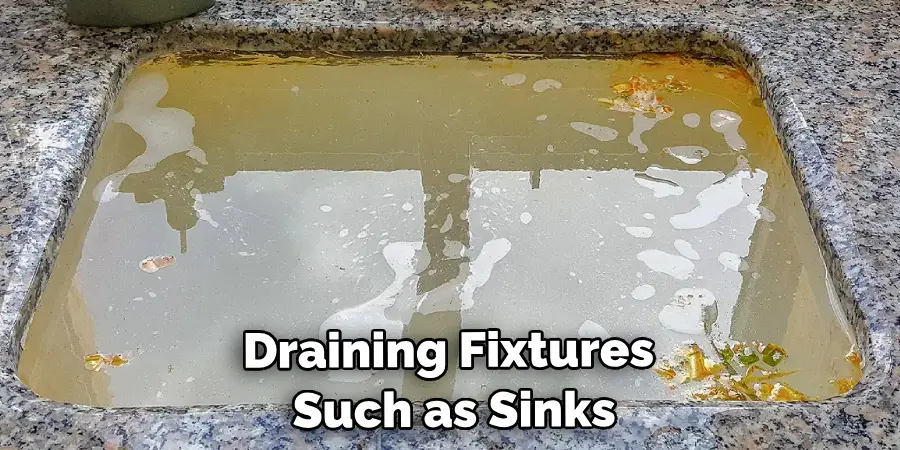
Lastly, if you experience difficulty with draining fixtures such as sinks, tubs, or showers, it could be due to a burst pipe underground. The leak in the pipe may prevent proper drainage, resulting in slow draining or standing water in these fixtures.
Things to Consider When Detecting a Buried Pipe That’s Burst
When it comes to detecting a pipe that has burst underground, there are certain things that you should keep in mind.
Firstly, the location and condition of the pipes in your property. This includes knowing where the main water line is located, as well as any other secondary pipes that may be running underground. This information can usually be obtained from your local water company or by consulting a professional plumber.
In addition, you should also consider the age and material of the pipes. Older pipes made of materials such as cast iron or galvanized steel are more prone to corrosion and may have already deteriorated over time, making them more susceptible to bursting.
On the other hand, newer pipes made of PVC or copper are less likely to experience corrosion, but may still be susceptible to damage from external factors such as tree roots or shifting soil.
Another important factor to consider is the weather and temperature conditions in your area. Extremely cold temperatures can cause frozen water inside the pipes to expand, leading to burst pipes. Similarly, sudden changes in temperatures can also cause pipes to expand and contract rapidly, leading to weakened areas and potential bursts.
Common Mistakes to Avoid When Dealing with Underground Pipe Bursts
When it comes to dealing with underground pipe bursts, there are certain mistakes that homeowners and property owners often make. These mistakes can lead to costly and time-consuming repairs, as well as potential damage to the surrounding area. In this section, we will discuss some common mistakes people make when faced with an underground pipe burst and how you can avoid them.
Ignoring Warning Signs
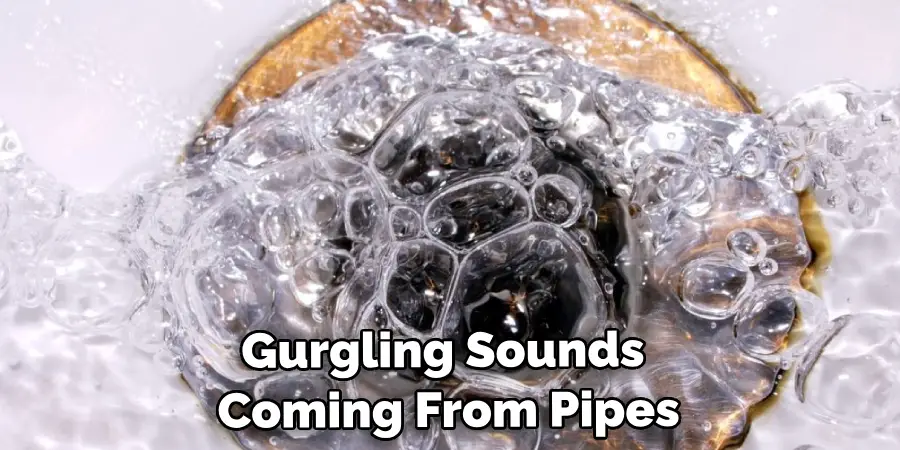
One of the biggest mistakes people make when it comes to underground pipe bursts is ignoring warning signs. These can include slow drainage, gurgling sounds coming from your pipes, or a sudden increase in your water bill. It’s important not to brush these signs off as they could indicate a potential pipe burst that needs immediate attention.
Attempting DIY Repairs
Another common mistake is attempting to fix an underground pipe burst on your own. While it may seem like a cost-effective solution, it can end up causing more damage in the long run. Underground pipes are complex systems that require specialized equipment and knowledge to repair properly. It’s best to leave this job to professionals who have the necessary expertise and tools.
Not Shutting Off the Water Supply
Before attempting any repairs, it’s crucial to shut off the water supply to your property. Failure to do so can lead to a continuous flow of water through the burst pipe, making it difficult to fix and potentially causing more damage.
Ignoring Safety Precautions
Dealing with an underground pipe burst can be a dangerous task, especially if the pipes are carrying sewage or chemicals. It’s important to take proper safety precautions, such as wearing protective gear and ventilating the area, before attempting any repairs.
Conclusion
In conclusion, knowing how to tell if a pipe burst underground is crucial for any homeowner or business owner. Not only can it save you from expensive repairs and damage, but it also ensures the safety of your property and those around it. By following the steps outlined above, you can easily detect and address any potential underground pipe bursting issues.
Remember to regularly check your water bill, look out for changes in water pressure and quality, and keep an eye on your surroundings for any unusual signs that may indicate a burst underground pipe. And don’t hesitate to seek professional help if needed.

